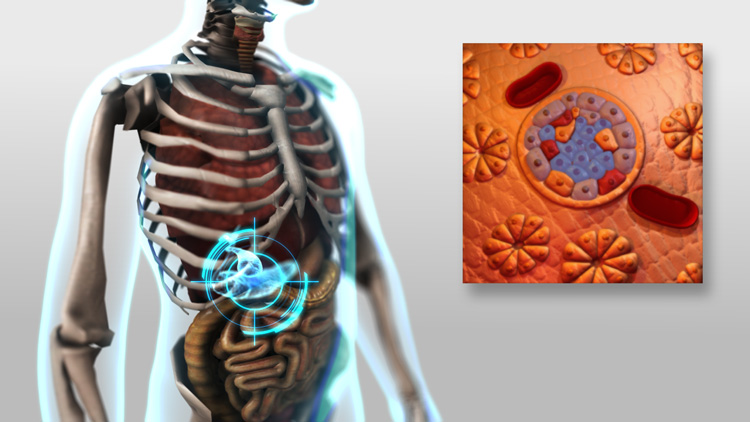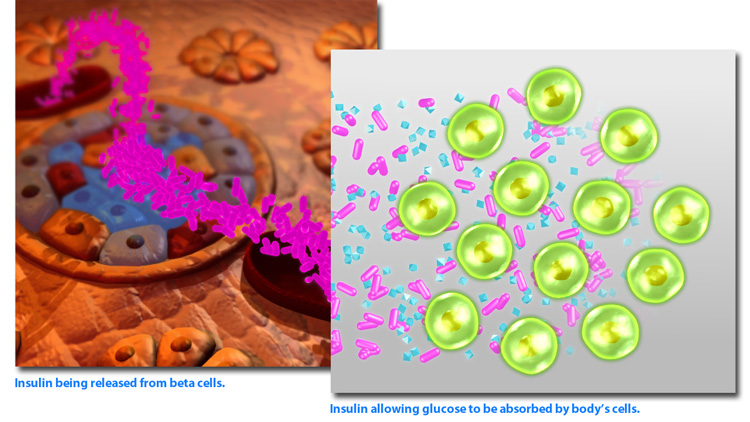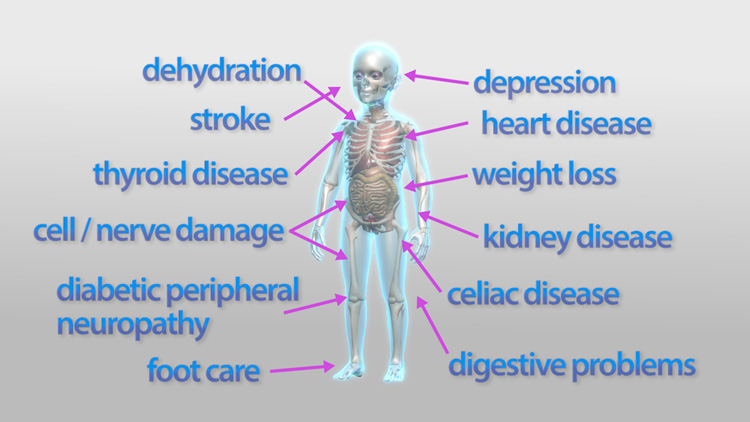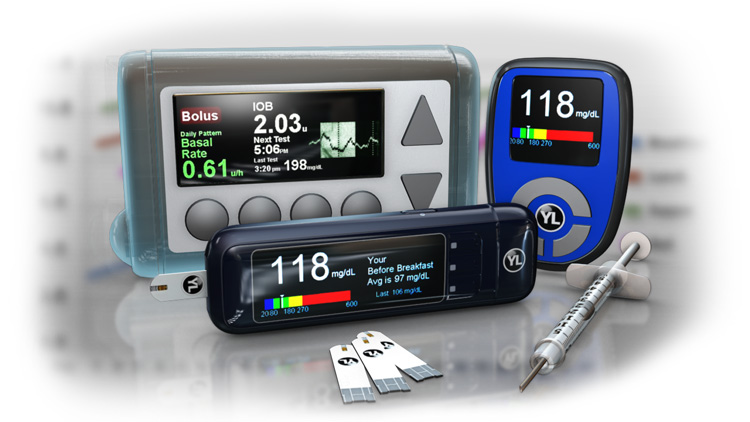What is Type 1 Diabetes?
Note: All information is for educational purposes only. For specific medical advice, diagnoses, and treatment, consult your doctor.
Type 1 diabetes can develop at any age, but it’s most common for it to develop from childhood up to young adulthood.
The onset can be rapid, so it’s important for parents to be on the lookout for the symptoms. This can be a difficult task for new parents, or parents of young children who can’t effectively communicate how they’re feeling.
Did you know?
357 million people worldwide have diabetes - www.who.int
15,000 children are diagnosed with JDT1 every year in the U.S alone - www.jdrf.org
90% of cases in youth under 19 in Canada are Type 1 - www.publichealth.gc.ca
Type 1 Diabetes is a condition where, for unknown reasons, the body’s own immune system attacks and destroys the insulin-producing beta cells of the pancreas.

Did you know?
Diabetes is the common name for the condition ‘diabetes mellitus’, which is is ancient Greek for “honey sweet flow”. This refers to the elevated levels of sugar found in the urine during the onset of the condition.
Insulin is a hormone generated by the pancreas. It’s normally released in small amounts, but once you eat, the sugar from your meal stimulates the pancreas to release more.

Did you know?
Hormones are any of various chemicals in the body that are carried by the blood and that influence the body’s growth and how it works.
- Cambridge Academic Content Dictionary
Insulin’s job is to move the sugar and nutrients from your food into the cells that make up your body. These cells rely on the sugar and nutrients as their energy source. Once absorbed by the body’s cells, the amount of sugar in the blood decreases and the pancreas releases less insulin. This ensures that too much sugar isn’t absorbed from the blood causing ‘hypoglycemia’ or low blood sugar.

For someone who has type 1 diabetes the sugar can’t be moved from the bloodstream into the cells because the pancreas can’t produce the needed insulin. As a result the cells become starved of nutrients. Because the sugar can’t be absorbed, it builds up in the bloodstream. This is known as high blood sugar which can cause dehydration, weight loss, cell and nerve damage, and many other serious life threatening complications.

Did you know?
Glucose is a type of sugar that is found in many foods and that organisms use to get energy.
- Cambridge Academic Content Dictionary
Contrary to what many believe, the development of juvenile diabetes type 1 has nothing to do with diet. The fact is no one really knows why the immune system would attack its own insulin generating beta cells. Currently there is no cure for this condition. The only available option is constant monitoring of blood sugar levels and insulin therapy.
